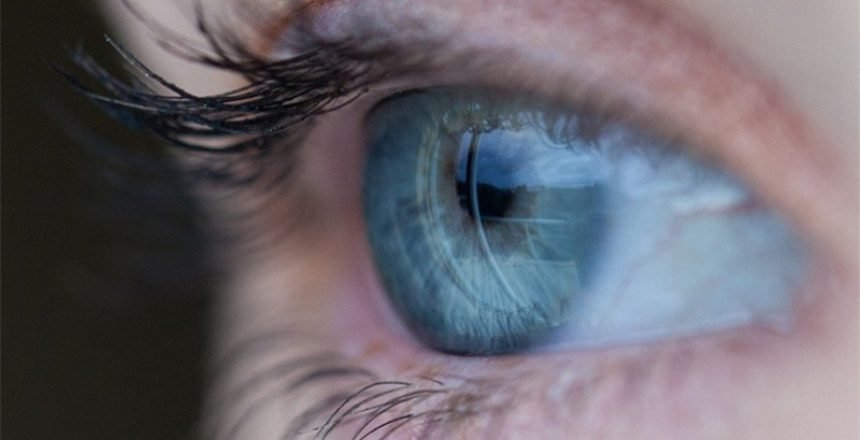Some people are born or develop poor vision over the course of their life and need vision correction to fix it. You may be familiar with the term 20/40 or 20/20 vision, but do you know what these ratios mean? It’s actually quite easy to understand. Let’s take a deep dive into what 20/40 vision is and everything you need to know about the diagnosis and correction.
What Does 20/40 Vision Mean?
A person with perfect vision or 20/20 vision can see clearly at 40 feet away. And a person with 20/40 vision can only see with clarity and detail at 20 feet away. So, 20/40 vision is sometimes also referred to as near-sightedness.
In order to correct this, you will need to wear glasses with the appropriate lens as prescribed by your ophthalmologist.
While 20/40 vision is quite common, it is also something you can easily manage to live with. It is possible for someone’s visual acuity to be worse though. People with 20/70 vision can only perceive details at 20 feet, which someone with normal vision can at 70 feet. The lower your visual impairment, the more necessary it is for you to wear glasses.
How Does an Eye Doctor Determine If I Have 20/40 Vision?
Ophthalmologists or eye doctors can check the ratio of your visual impairment painlessly. Some ophthalmology labs have machines called phoropters that blow a little bit of air into your eyes to instantly check your visual impairment.
Most doctors use precise tools to measure your visual acuity and calculate the ratio. If you’ve never had your numbers checked before here’s what to expect:
#1. Your doctor may or may not give you drops to dilate your pupils. The purpose of this is to let in more light and make your eyes more responsive to stimuli. This is known as the pupil dilated test.
#2. Your doctor will cover one eye so they can examine each eye individually. At times, one eye is able to see better than the others.
#3. Your doctor will put a glass frame on you that can carry multiple lenses.
#4. Your doctor will keep adjusting or changing the lenses based on your feedback to help you see letters and numbers on the board in front of you better.
#5. Your doctor will repeat this process until the lenses on your frame help you see with 20/20 perfection.
Is It a Bad Sign?
A 20/40 visual acuity score isn’t perfect but not necessarily bad either. You can find a way to live with it without visual correction. It may make certain things like reading road signs trickier though.
In most US states, you need to have a 20/40 vision or better to receive a driver’s license or to get it renewed. If your scores are worse than 20/40, you may be ineligible for a driver’s license or be required to wear your glasses while driving.
Do You Need Glasses with 20/40 Vision?
The word “need” is key here.
If your work or lifestyle requires you to have good vision, you may need to get prescription glasses even with 20/40 vision. However, if that’s not the case, it is up to you.
You should consult your options with your eye doctor before making a decision.
What’s The Best Eye Vision?
The ratio for perfect vision is 20/20 because no aids are required to help you see better. 20/20 vision is when you read the smallest letters on the board at your eye doctor’s without glasses. It’s estimated that only about 35 percent of adults have 20/20 or perfect vision.
Can Someone Have Better Than 20/20 Vision?
It is possible for people to have a vision that’s better than 20/20.
The best that human vision can get without binoculars or lenses is 20/10. If you have 20/10 vision, it means you can perceive details at 20 feet that people with normal vision can only do at 10 feet.
The best eyesight that’s ever been reported is 20/5. It was an Aborigine man who could perceive details from 20 feet away that someone with perfect vision couldn’t from more than 5 feet away. This phenomenon is referred to as binocular vision or “eagle eyes.” Eagles and falcons are naturally blessed with 20/5 vision and have the greatest eyesight of all the species in the world.



